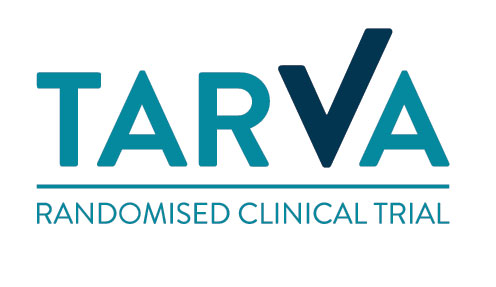For those who remember their multiplication tables, that means exactly five weeks to surgery.
Sorry for the delay since my last post, but I had promised you some information on post-op non-weight-bearing aids that I am looking at, and I've spent the last few days getting some initial experience with two of them.
First, crutches. As I mentioned in an earlier post, quite early on I discarded the possible option of underarm crutches partly because they seem to give many people a lot of underarm pain, and also because they are very unwieldy.
So, I focused on forearm crutches, but again my research told me that many people had issues as a result of most of the weight being focused on the hands, resulting in callouses or worse. As part of the research, I cam across a new(ish) design of forearm crutch called "smartCRUTCH". Essentially these have an additional component in the forearm design, in the form of a "rest" or "platform" for the forearm, which can be rotated through almost ninety degrees. The theory is that you can start on these crutches with most of the weight being taken (conventionally) on the hands but, as you gain experience and confidence, you can rotate the forearm platform from near vertical gradually towards the horizontal, thus enabling you to take more and more weight distributed along the forearm rather than almost wholly on the hands.
I must say that getting used to using these crutches, even just in the conventional vertical position, has proved more challenging than I anticipated, especially in graduating to a decent "stride" length. I think I've finally got the hang of it, though this has taken much longer than I had assumed, so over the next few weeks I will start to take advantage of the unique design of these crutches and distribute my weight more evenly across my forearms.
The other aid that I have decided to try out is perhaps even less well known than the smartCRUTCH. It is a "handsfree" crutch, if that doesn't sound like an oxymoron. It's probably more accurately (or more understandably) described as a knee crutch, and essentially involves creating a peg-leg, a la Long John Silver.
The product is called the "iWALK2", and it's probably easier if you look at their website - www.peglegs.co.uk - to see a description and a diagram. Essentially you bend the knee of your affected foot at right angles and then strap on a false lower leg!
Even more than the smartCRUTCH, this product requires very careful assembly (good instructions in both cases) and, particularly, very careful fitting to tailor it exactly to you as an individual. I am quite methodical and meticulous, and so others might well beat the two hours I took over the assembly and fitting, but at the end I actually, despite the odd feeling and all the straps, felt quite comfortable that I had succeeded in achieving a very good fit.
I think that then translated into my surprisingly easy introduction to actually using my "peg" leg - as soon as I summoned the confidence to let go of the wall, I found I was able to walk comfortably and with a lot of security and stability within a very short space of time. Within fifteen minutes, I was walking almost naturally and with great confidence. My only reservation is that I suspect that comfort may become an issue once I start to use it for extended periods of time, but I'll let you know about that as I increase my practice distance for both the smartCRUTCH and the peg-leg over the next two or three weeks.
The third item I am intending to use post-op is a knee-scooter which is pretty much as its name suggests - you rest your operated leg (knee) on a four-wheeled scooter with a raised platform, and use the good leg to scoot yourself along. The scooter is expensive to purchase, so I shall be hiring one immediately after my surgery, so I won't be able to give you feedback on that until later, but my guess is that that will be the easiest of the three to use.
I suspect that each of these three methods is going to have its strengths and weaknesses in specific situations (e.g. I can't imagine wanting to strap on the peg leg just to use the bathroom in the middle of the night), so hopefully I can tell you about my own experiences with each of them, and perhaps nominate a "best buy" in the event that you decide, or have to, opt for just one.
In the next post I'll update you on progress with the crutches, and also give you a bit more detail on the gym (and other) work I'm doing to prepare for the operation and its aftermath.
I'll close this post by hinting that you may soon be able to see me in glorious technicolour!!
More will be revealed in posts to come, so make sure you keep reading the posts, and pleeaaassse give me some feedback on whether you're finding this useful, even if it's just by "liking" the post.
Thanks - see you soon.
David
